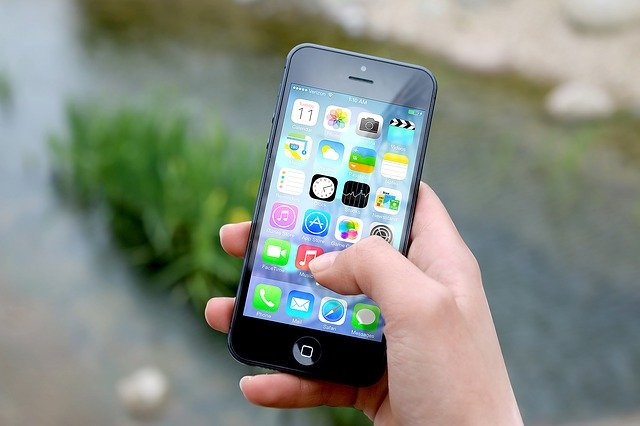The Android operating system has skyrocketed in popularity since its release in 2011. Currently, the operating system is live on more than 2 billion devices across the world, including smartphones, tablets, televisions, smartwatches, and other proprietary devices.
The official app store for Android, the Google Play Store, hosts over 3 million applications. This means that Android applications form a significant marketplace that permeates across the entire spectrum of human requirements across the globe.
Tapping into this competitive market with an app of your own requires a strategic approach to design, development, and marketing combined with tried and tested best practices and innovative approaches to generate success.
 The functionality of the app is as essential as the design. If an app is poorly designed, it won’t gather a significant user base, and if it is poorly developed, well, users won’t have a reason to download it in the first place.
The functionality of the app is as essential as the design. If an app is poorly designed, it won’t gather a significant user base, and if it is poorly developed, well, users won’t have a reason to download it in the first place.
You can quickly build your Android Applications with modern online resources that already merge best practices, such as Builder.ai, without having to write a single line of code.
But to do that, you first need to understand how Android applications work.
What Are Android Permissions?
An essential aspect of an Android app’s functionality is the permissions that the app must be given to access specific resources on the device. Android apps require permissions because the operating system uses a method called “Sand Boxing” for each app running on the device. A SandBox is a separate space on the virtual memory of the device where each application runs in its own little bubble. Inside this sandbox, the app cannot access any resources or data on the device unless it is explicitly permitted by the user to do so.
When the app requires access to specific data or resources, it notifies the user in the form of a pop-up to grant permission to the app. These permissions can pertain to resources such as the camera, the microphone or the speaker, or data such as contacts, wireless network information, and location information, etc.
Once permission is granted, the application can access the resources or the data required for its operation.
Below is a list of all permissions and their uses available on the Android operating system.
List of Permissions and Their Uses
1 – Body Sensors
This permission allows apps to access health and fitness trackers paired to your device, such a heart rate, blood pressure, steps, and other such information. It is also used for the on-body detection of the device to determine whether the device is being stored in a pocket or bag or is in active use.
2 – Calendar
This permission allows apps to access and edit data from the Calendar. With this permission, apps can add, delete, or view upcoming events added to your calendar and access data from paired calendars from other related apps.
3 – Call Logs
This permission allows an application to read the details regarding incoming and outgoing calls from the device.
4 – Camera
This permission allows apps to access the device camera. Apps require additional permissions to store images or videos taken from the camera.
5 – Contacts
This permission allows apps to view, edit, and manage contacts stored on a device, including synced contacts from multiple accounts.
6 – Location
This permission allows apps to determine the present location of the device using GPS, Bluetooth, or Wireless Networks.

7 – Microphone
This permission allows apps to record or gather sound using the device microphone.
8 – SMS
This permission allows apps to read, edit, and manage SMS and MMS messages on the device.
9 – Storage
This permission allows apps to store data on the internal or external memory and access data already stored on the device.
10 – Telephone
This permission allows applications to interact with the carrier services on the device, including making and receiving calls and reading other network-related information.
Safe And Unsafe Permissions
Some permissions are considered safe to use, while others can put your personal and sensitive data in harm’s way if misused. The location, telephone, call logs, and body sensor permission are potentially dangerous as applications may use them to access sensitive data. When designing an Android application, it is better only to require safe permissions unless your app explicitly requires certain sensitive information. In that case, it is advised to incorporate security features into your app to ensure that it can not be hacked or tampered with and used for malicious purposes.

Using no-code app development services such as Builder.ai to build an Android app, you can shed the concerns related to managing permissions, as the resource automatically configures your application to use the proper permissions for the functionality of your app.
You can view more details regarding app permissions through the Android Developers Forum or the Official Android SDK Documentation.
